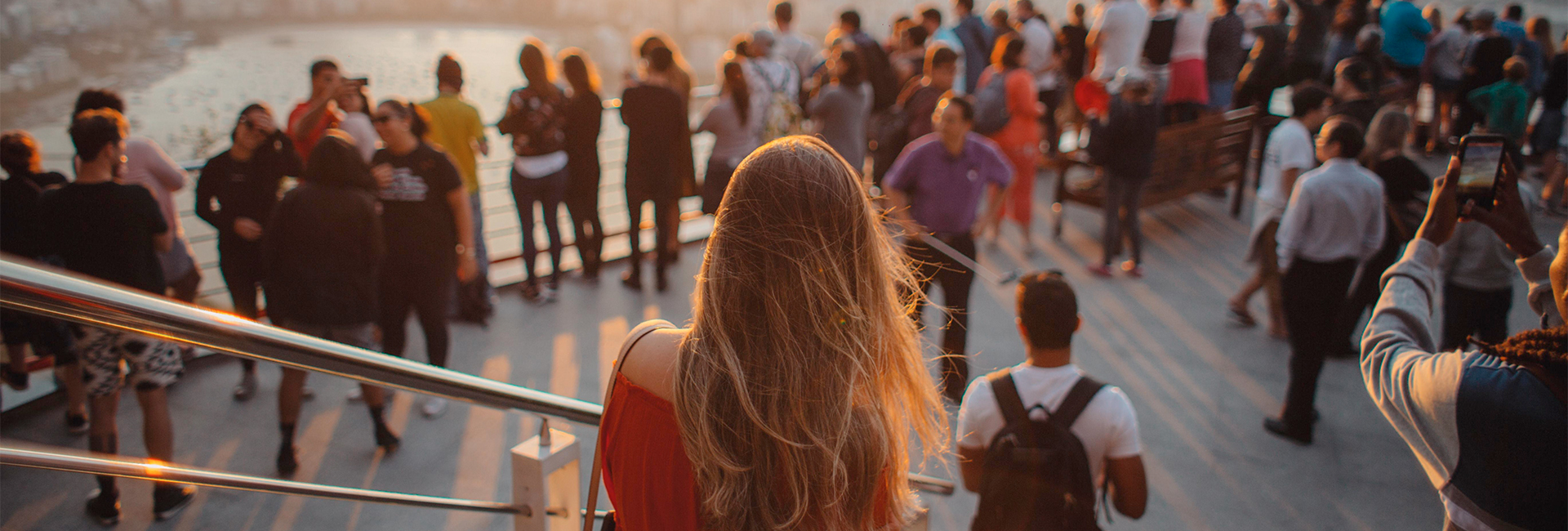Brazil is the fifth largest country by population and the ninth largest by GDP, making it an excellent Latin-American launchpad for your brand. But increasing your organic visibility in new markets can be tricky. Here’s what you need to know to get started with SEO in Brazil.
Brazilians are internet savvy and open to international products. Like US consumers, they’re mobile-first and early adopters. As with any market, though, you need to do your research and become familiar with consumer behavior in Brazil. Made up of five culturally distinct areas, Brazil can be divided into several different consumer groups. And they all value personalized, hyper-local strategies.
For a successful SEO strategy in Brazil, it’s important to know who your target customers are, what they’re searching for – and how to wow them.
SEO IN BRAZIL, THE TECHNICAL STUFF
From a technical perspective, SEO in Brazil should be relatively familiar to most marketers. Just like the US and Europe, Google reigns supreme with 98% of the market in Brazil.
Plus, it’s been a while since Google rolled out mobile-first indexing, so sites are often already optimized for mobile, which is crucial. Brazilians are the most active mobile users in the world, and their mobile internet usage is expected to double in the next five years. For a website to be found, it needs to be mobile ready. And Brazilian consumers readily engage with digital marketing activities via other mobile platforms as well.
In terms of site structure, a .com/br and a .br domain are both perfectly acceptable. If it’s unclear which will work best, a .br ccTLD domain also comes with an administrative dispute resolution policy to help ward off cybersquatting.
DON’T JUST TRANSLATE, LOCALIZE
The rest of Latin America may speak Spanish, but Brazilians have their own version of Portuguese. And an English site just won’t cut it. Only 5% of Brazilians are competent in English – and only 1% are fluent. To gain any traction, online content should be fully localized into Brazilian Portuguese from the outset.
When it comes to SEO, simply translating keywords isn’t enough. For example, if you’re selling whiskey, you may automatically try to target the Portuguese translation “uisque.” But this is a prime example of when the English variant is the more popular option; “whisky” (not “whiskey” – there’s a difference) results in 10x the search volume of the Brazilian Portuguese translation. When it comes to search, work with a marketing localization agency that will uncover these nuances with local keyword research carried out by in-country search marketers.
It’s also important to test localized brand and product names and adapt them for the market. Sometimes Brazilian Portuguese translations can have unintended meanings that can be damaging to brand success. KIA found this out the hard way. Their popular Besta van – meaning “beast” – failed to take off in Brazil, probably because the word means “idiot” in Portuguese.
It was even worse for Ford when they launched the “Pinto” model in the Brazilian market without realizing the term is a childish word for male genitalia. The damage was somewhat repaired when they playfully renamed the model “Corcel,” meaning “steed.”
To avoid such blunders, think beyond translation and work with in-market professionals for a high-quality result that engages customers.
DRIVE ENGAGEMENT WITH SEARCH
To thrive in the Brazilian market, you’ll need to introduce some Brazilian flare to your SEO strategy. This often means partnering with local brands or suppliers to get Brazilians on board with your brand. Building authority in a new market is critical for overall success. So focus on a local link acquisition strategy that naturally acquires social shares, links, likes, and brand citations. Partnering with high-quality, influential local sites will often work better than going it alone.
But for your SEO in Brazil to really succeed, you need to be specific with your targeting because there are five distinct macro-regions in Brazil – North, North-East, Central-West, South-East, and South. Each boasts unique cultural tastes, to the extent that the most popular products vary per region.
For example, customers in the North-East prefer products tied to local tastes and ingredients. Whereas São Paulo in the South-East has a much more international outlook.
Obviously, this will impact the competitive landscape, which content is more appropriate for the region, and which keywords are relevant to target customers in each locale. Google Trends is a useful tool that breaks down the most popular search terms by region. Your content strategy should also be informed by those trends to maximize engagement.
FINAL THOUGHT
Technically, SEO in Brazil is very similar to SEO in the US and Europe. But linguistically and culturally, it’s a world apart. So take the time to get to know your target customer. Working with an in-market expert or global digital agency will help you profile your target customers, identify relevant search trends, inform your search and content strategies, and produce better results.


